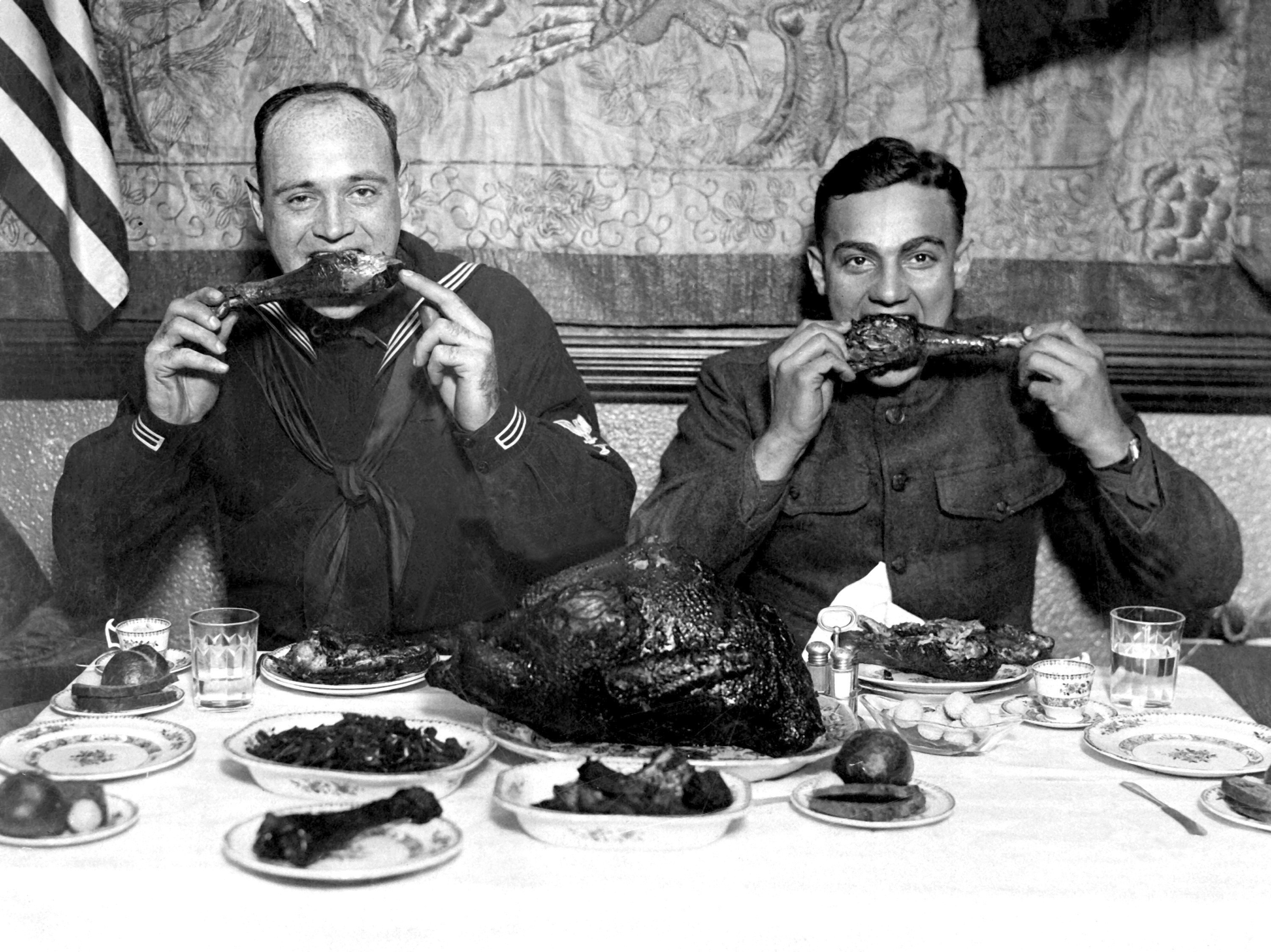
[Here’s another guest post from Dave Banko about healthy diet and lifestyle.]
The first thing nearly everyone asks me when they hear about my weight loss is: what exercises did you start doing? They are astonished when I tell them I didn’t start exercising until I had been following the diet program for 3 months and had already lost 50 lbs!
Exercise is a good thing and beneficial in so many ways, but the professionals from Cambridge and Oxford Universities who put together the ‘What’s the Right Diet for You?’ program were clear that the only way to lasting weight loss is to control your diet.
Many of my failed weight loss attempts in the past were due to starting to exercise first. If you listen to the gym and exercise video promos about the amazing results you will get, always in the small print is a legal disclaimer that this must be in conjunction with some sort of diet.
I remember this from the military too. When preparing for a weigh-in, I had better results by reducing my physical activity. Likewise, when preparing for the run or physical fitness test, I had better results when I wasn’t trying to lose weight too.
I have a choice, either consume fewer calories or burn more calories, so if I exercise I’ll burn more calories and lose weight, right? Not exactly. Exercise does burn more calories, but not as many as you think.
Whether you walk or run a mile, you still use about 100 calories performing this activity. But your body already burns 2000-2500 calories per day just sustaining itself, and 100 calories is the equivalent of a single chocolate chip cookie. Your body is more complicated than that.
When you exercise, your body burns the energy most readily available, starting with the glucose already in your muscles and blood stream, then the glycogen in your liver, and finally burning fat. When you finish a good workout, these energy sources are depleted and your body craves carbs to quickly restore these energy reserves.
To lose weight, I want my body to continue burning the fat, so instead of eating carbs, I should go for protein to help rebuild the muscles without interfering with the fat-burning process.
But protein isn’t what my body craves. As my body instinctively wants to restore the status quo, I will crave sugary and fatty foods. Has anyone else seen the ‘Snickers’ commercial suggesting that’s what you should have when you are hungry? Since I’ve just done a lot of exercise, I am physically and mentally tired, so my willpower to resist these cravings is reduced. Plus, I’ve done a good job exercising and naturally want to reward myself with a treat, like cake – something sugary and fatty.
To illustrate the dangers of over-estimating the impact of exercising on weight-loss, in ‘What’s the Right Diet for You?’ the researchers had participants exercise and showed them how much cake they burned off over one week by exercising (in this case, 4 pieces of cake). Then they removed the cake consumed as extra calories when the participants cheated on their diet by giving in to cravings, and there went 3 pieces of cake leaving only 1. Then they showed how on the days in-between workouts the participants did less exercise than they normally did when they weren’t exercising at all (this was tracked before they started the exercise program) which equated to half a slice of cake. So after all the effort, at the end of the week, they only burned about half a slice of cake in actual extra fat lost.
How did I start exercising? When I started dieting, as I mentioned before, the key was to start with small changes. I did the same thing with exercising. After starting the diet itself for a few weeks, I tried walking a little more. I started walking the 1/2 mile to the train station to go to work instead of getting a ride. I started walking around the office more. At the start, I couldn’t do more than 1 flight of stairs so I started pushing myself to take the stairs more often than the elevator.
At the 3 month point and 50 lbs lighter, I already felt so much better and had so much more energy I felt I couldn’t contain it, so I bought an activity tracker and started walking.
(I have a bad ankle from a parachuting accident in the military so I can’t run or cycle, and an impingement in my shoulder so I can’t swim either.) I just started walking around the block, and gradually went further and further. Now, a year on, I regularly walk 8-10 miles a day and average between 50 and 70 miles a week. I’m also walking exclusively in the office and not using the elevator at all, even to go up 4 or 5 floors.
Once I started tracking calories consumed in My Fitness Pal, linked with calories burned in the Activity Tracker, I noticed the numbers don’t match. I could burn an extra 1000 calories walking, but if I ate more than an extra 200-300 calories that day, I would gain weight. Again, our bodies are complicated.
One final note: When you exercise, you are strengthening your muscles, but you have no control over where your body reduces the fat. Your body stores fat all over, though it may concentrate more in one area than another, like the stomach or the hips. When losing weight, the body draws from fat all over. Exercising a particular muscle group will not have any effect on where the body draws the fat from. Only once all the fat is reduced will the results of your sit ups start to appear.
Please keep in mind there are healthy levels of fat and often the advertised stereotype in magazines is not healthy. We want a healthy lifestyle and body image and not to go too far the other way to be too thin either.
Exercise is a good thing! Not only does it strengthen your muscles and your heart, but it boosts your metabolism, reduces cholesterol, and stabilizes your systems.
But you cannot expect to have lasting weight loss on exercise alone. You must start with and control your diet first and foremost, then add exercise as a supplement, wary of potential negative diet effects.
Feel free to contact me with at daveb.uk@hotmail.com with any comments or questions. [Crew Dog: Or comment below.]







 My personal Tricare experience: I have received several years of harmful care, after decades of inadequate care, from Tricare.
My personal Tricare experience: I have received several years of harmful care, after decades of inadequate care, from Tricare.

